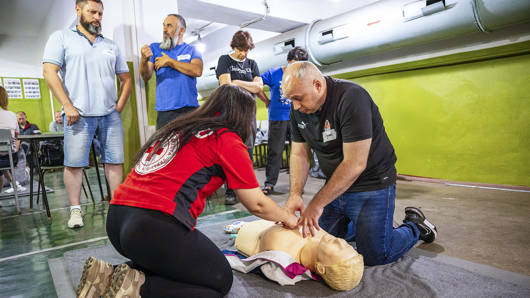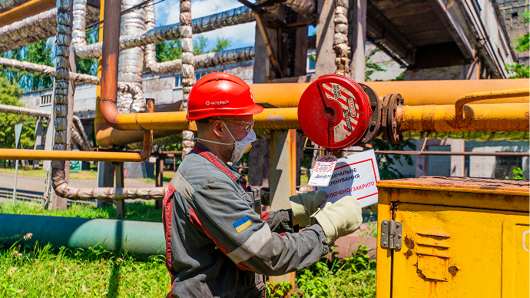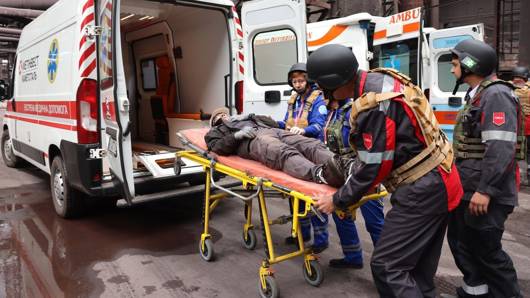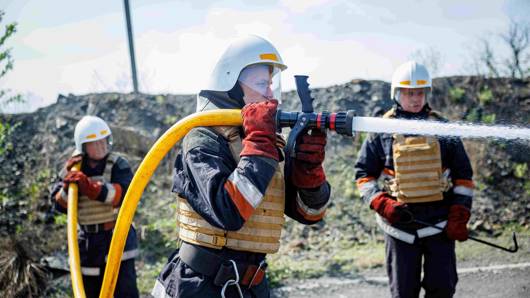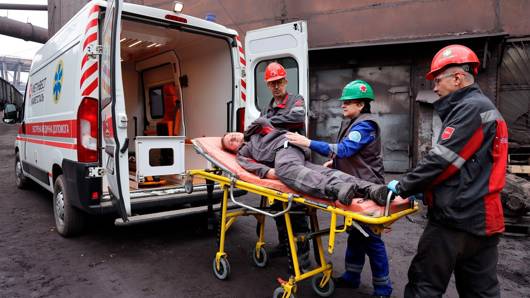Personnel from the Central Iron Ore beneficiation plant and emergency teams assessed their collaborative response to a hypothetical combat-related emergency.
Emergency scenarios that might occur during wartime are still being rehearsed at Metinvest's Iron Ore in Kryvyi Rih. A recent exercise at Central Iron Ore’s beneficiation plant involved experts from all levels assess their understanding and solidify response algorithms.
The training scenario plan was created following prior approval from Ihor Toniev, the General Director of Metinvest Iron Ore. Additionally, several collaborative preliminary meetings took place involving department directors, alongside theoretical instructional sessions for both headquarters leaders and observers. These sessions covered detailed interaction protocols for the training, such as the functions of each participant, unit duties, and other relevant details.
The effectiveness of the participants' performance during the training was assessed by observers, who were specialists from the Occupational Health and Safety Directorate. The event included experts from other shops of the Central Iron Ore, an ambulance crew, the plant’s fire and rescue squad, and a security holding unit, totaling 46 individuals.
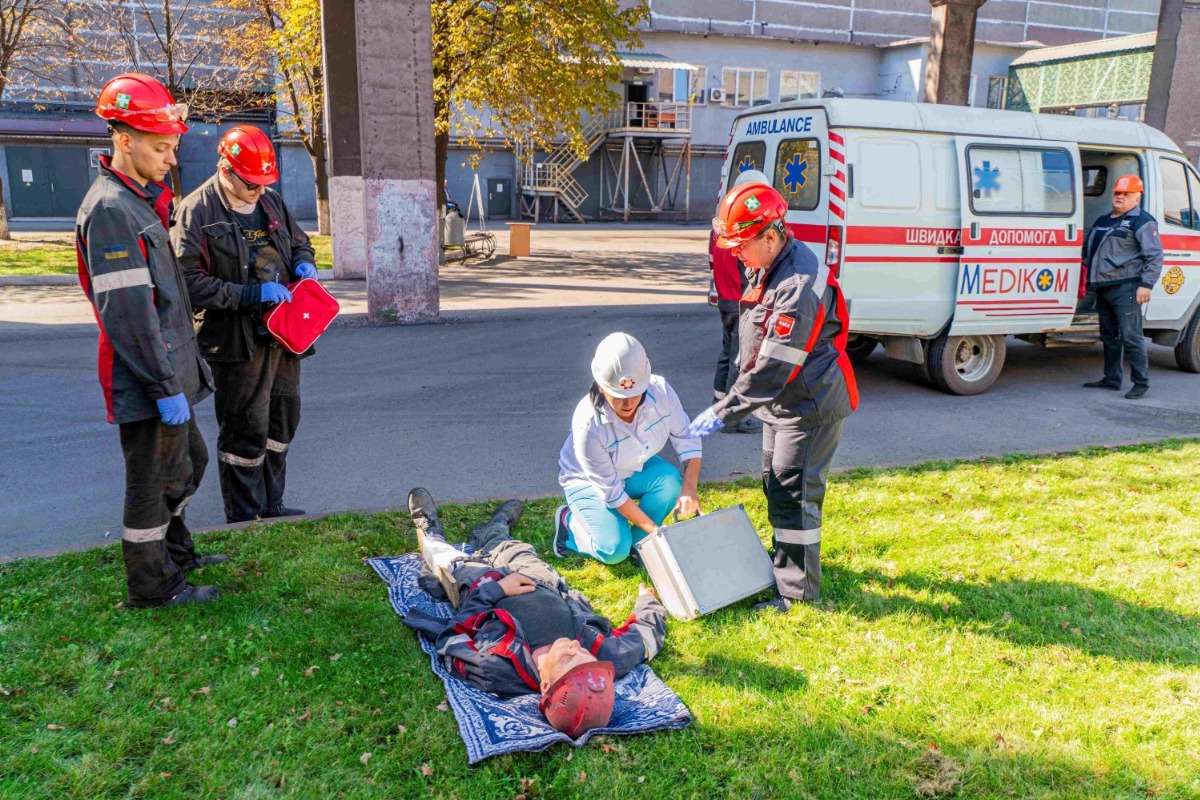
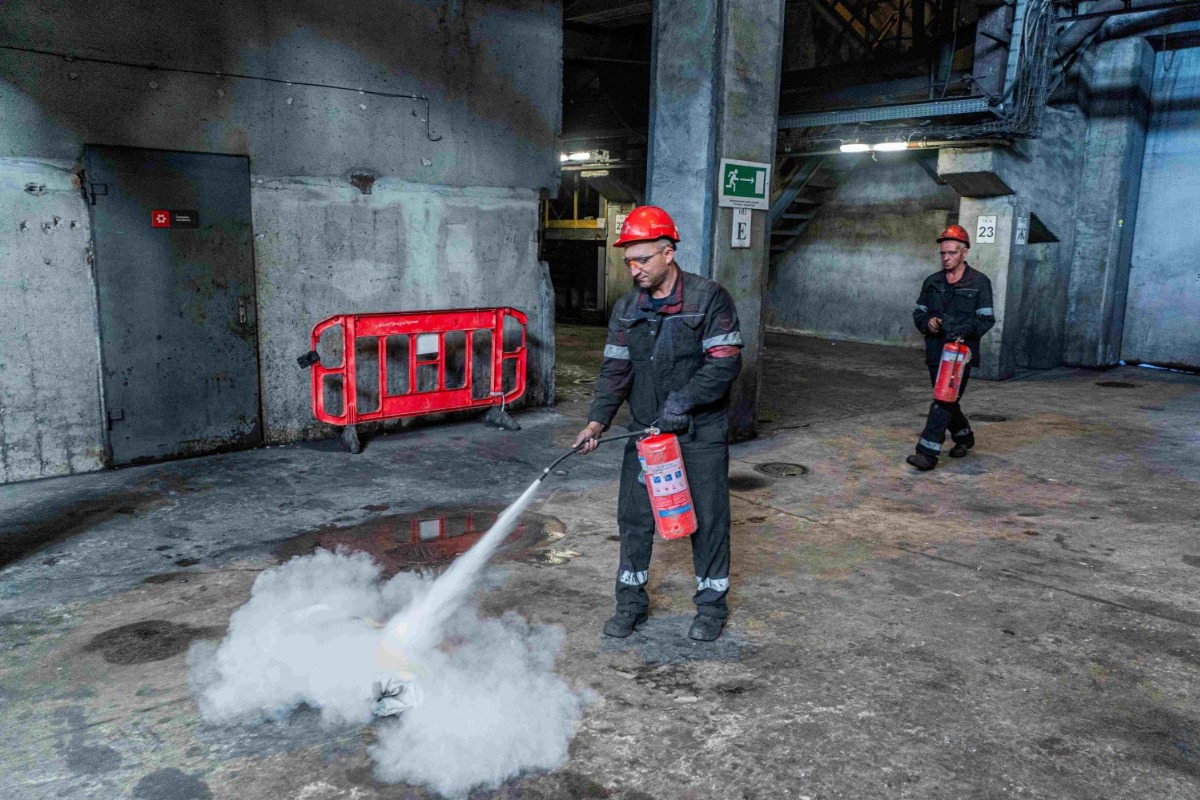
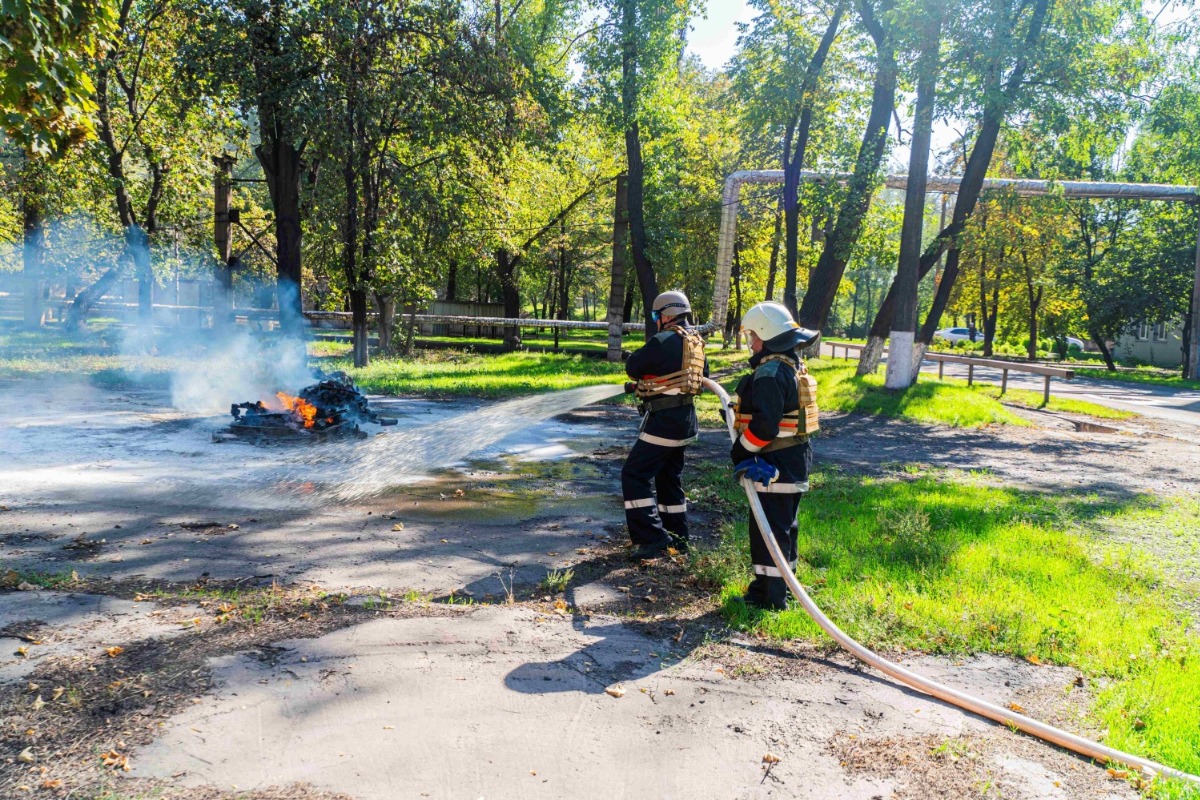
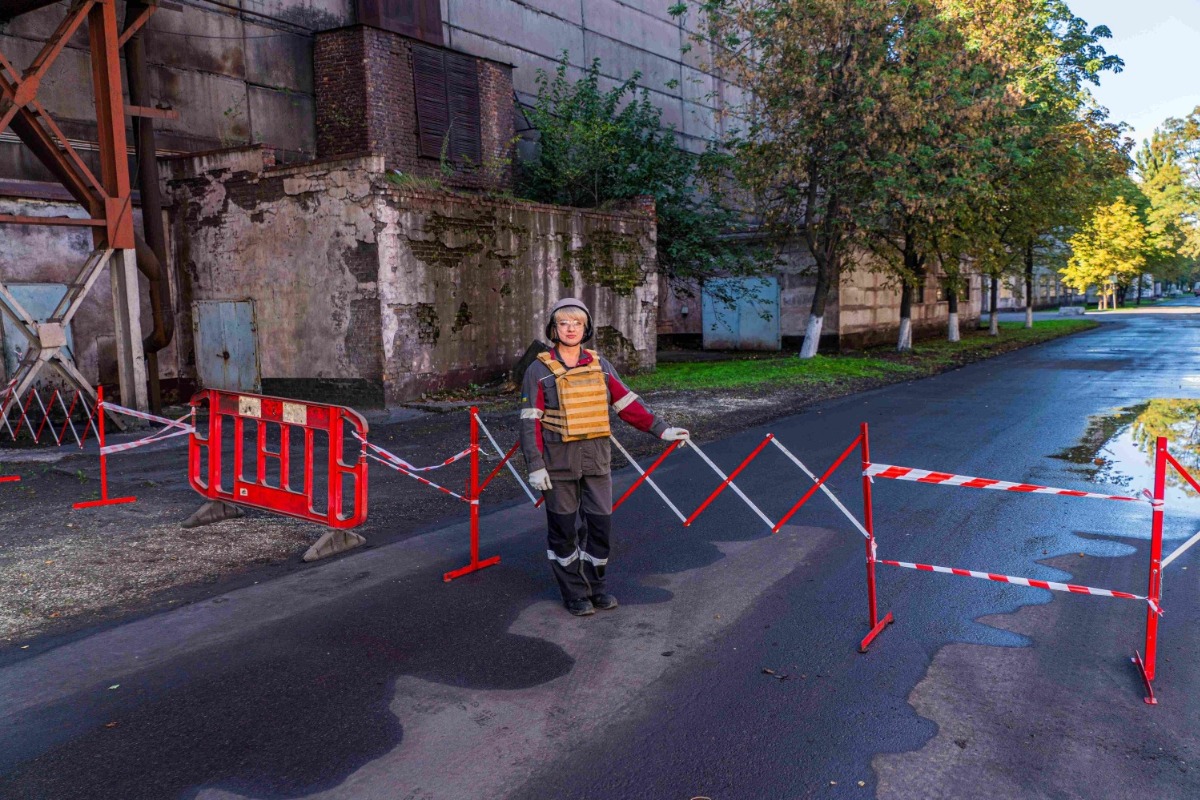
According to the scenario, as a result of a missile strike and the operation of air defense systems, the substation of the beneficiation building was de-energized, causing the technological process to stop. Additionally, a mill operator sustained a shrapnel wound to the leg while heading to the shelter with a delay. A fire was also detected in the area adjacent to the beneficiation plant, and a suspicious object resembling a missile fragment was found nearby.
According to Oleksandr SIDLETSKYI, Head of the Beneficiation Plant at Central Iron Ore, who oversaw the emergency and accident containment: "We honed our skills in incident detection, initial scale and consequence evaluation, and event response – comprising suitable crisis interventions and choices. Specifically, this involved deciding to bring in emergency services and external agencies, and tracking how well actions were performed. We simulated employee actions during power loss, administered aid to the hurt, and put out the blaze. The protocol for staff discovering an explosive device was also solidified. We extensively rehearsed coordination among those involved in the crisis response. Everyone did an outstanding job, responding with both speed and accuracy. Our staff members stayed calm even when new information was given during the exercise, successfully managing a separate incident at a different site and promptly addressing an attempt by senior leaders to enter a forbidden area designated as dangerous due to a discovered explosive.
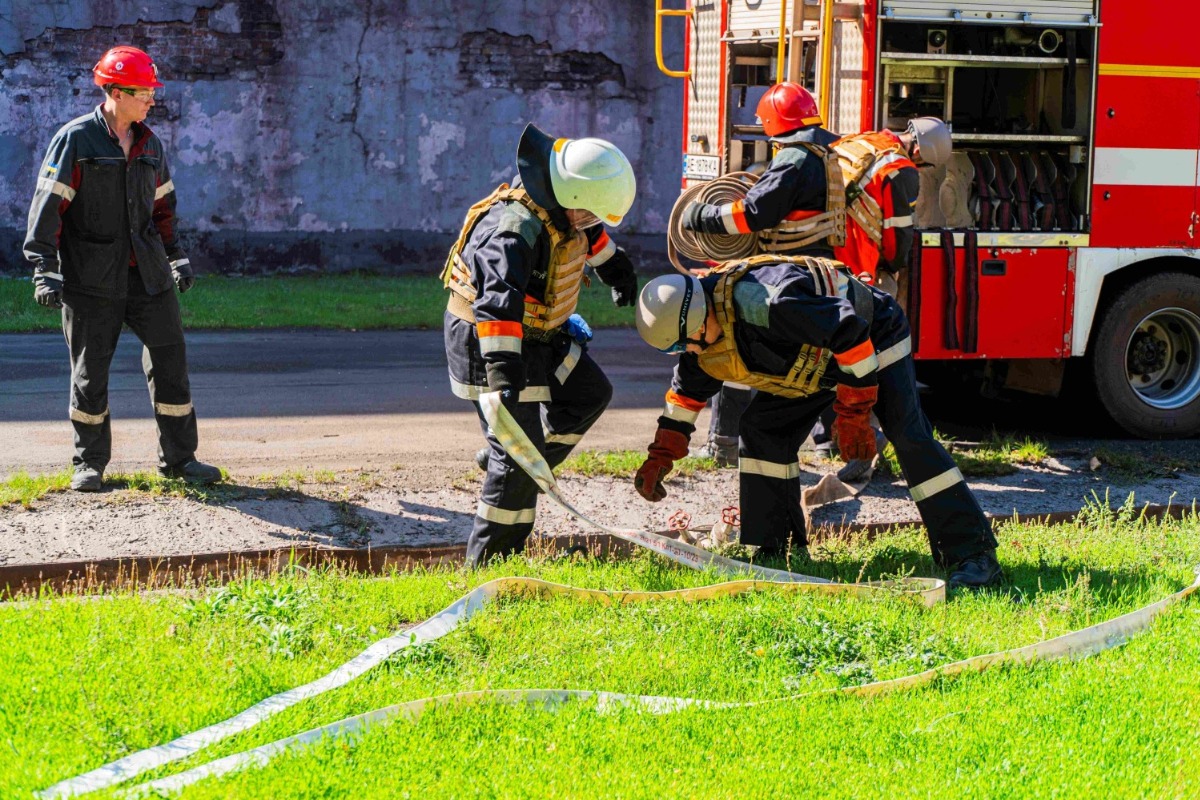
The outcomes of the extensive training were presented at a collaborative meeting, during which attendees reviewed observers' feedback derived from checklists, examined staff behaviors, pinpointed current discrepancies, and formulated remedial actions. Central Iron Ore staff's strong readiness and the smooth collaboration among all relevant departments facilitated an effective handling of the crisis, thereby reducing dangers to both employees and the enterprise.
Yurii ROVINSKYI, Director of Occupational Health, Safety, and Environmental Protection at Metinvest Central Iron Ore noted that "synchronized efforts by all functions during a crisis stemming from military actions are crucial for an essential infrastructure enterprise to operate without disruption." He added, "The exercise provides employees engaged in crisis management the chance to strengthen their understanding and, if needed, fine-tune or enhance their practical expertise. This allows us to assess and affirm the preparedness of every participant, including leadership, to collaborate effectively and react suitably. In summary, this training's outcomes are favorable: both the plant’s staff, emergency teams, and central office personnel performed efficiently and swiftly. Regarding the small deficiencies noted, suitable actions have been devised and are currently being put into practice.






